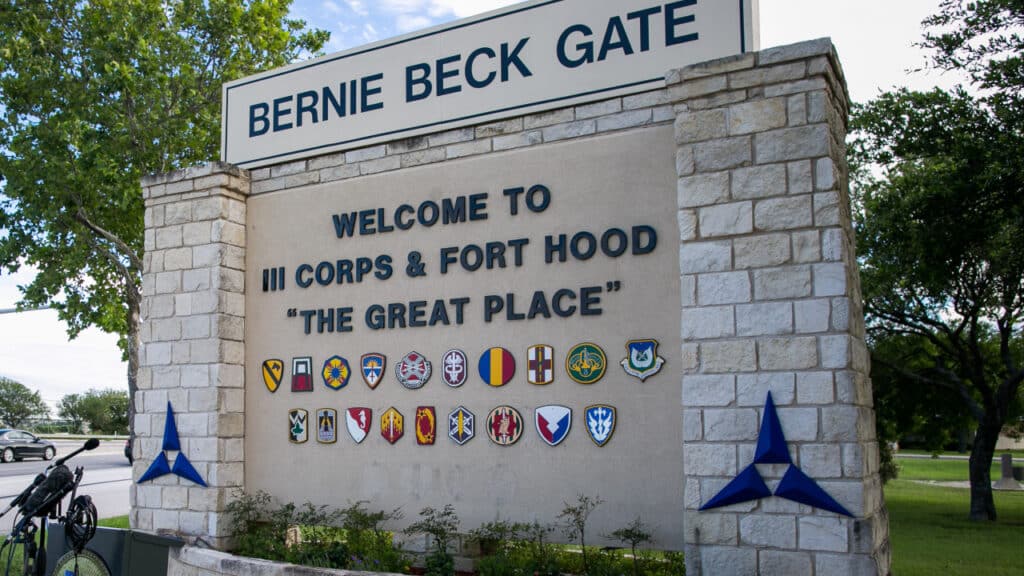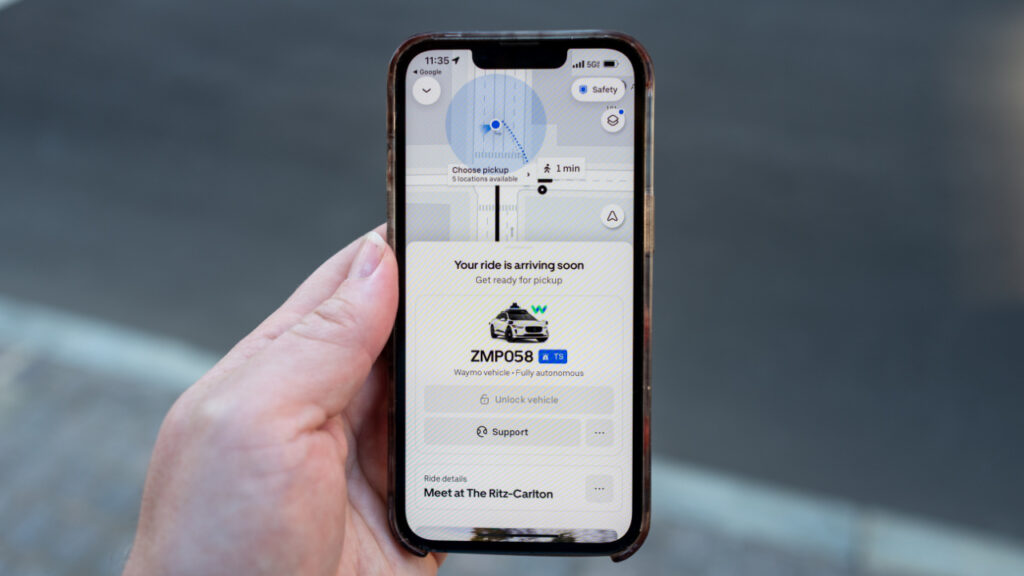Inside the Anxiety Epidemic Affecting Children of Immigrants
In Los Angeles, 20-year-old Gordita stood in the middle of a peaceful protest and said what many others were too afraid to say out loud. “I’m here because I’m a child of immigrants, and I believe that this country, this land, is ours. I’d love to make an impact. Speak for those who can’t speak.”
The fear, the pressure, and the silence are not just anecdotal. Across the U.S., children of immigrants are showing signs of emotional exhaustion, anxiety, and depression at higher rates than their peers. And for many, the trauma is ongoing.
From Texas to California to Illinois, immigration raids, anti-immigrant rhetoric, and a broken system are making childhood a lot more terrifying for a generation already burdened by unspoken responsibilities. The data, the stories, and the classrooms point to a mental health crisis that’s uniquely tied to being the child of immigrants in the United States.
Why Children of Immigrants Are More Anxious Than Their Parents
Cindy Portillo remembers her first panic attack while working at Target during rush hour. “I feel like I’m the only one in my family who has ever experienced anxiety,” she told Refinery29. Her parents told her to turn to God, not therapy. It wasn’t until she was 21 that she was diagnosed with an anxiety disorder.
She’s not alone. According to a study cited by Refinery29, immigrants have lower rates of anxiety than U.S.-born adults across most racial-ethnic backgrounds. Children, though, tend to fare worse.
Licensed therapist Stephanie Contreras explained the paradox: “The data does show that progressively, as generations stay in the U.S. context, these psychological outcomes, like anxiety and depression, worsened.” Children of immigrants are tasked with navigating two cultures, often without guidance. “There isn’t a curriculum for teaching your children to protect themselves against these things,” Contreras said.
Children of Immigrants Are Carrying Generational Trauma Without a Map
According to Think Global Health, children of immigrants often serve as cultural and language brokers for their families. They interpret bills, advocate for healthcare, and support parents navigating a complex and often hostile system. All this while trying to grow up.
These responsibilities increase the risk of anxiety, stress, and depression. In fact, psychological distress among children of immigrants is nearly double that of their parents, 10.1 percent compared to 5.9 percent.
The pressure to succeed also weighs heavily on them. Valerie Labanca, a therapist in Pasadena, told Refinery29, “There’s a sense of, ‘we came to this country for you to get an education,’ so this creates an internalized pressure to succeed.” Often, they do so without a safety net or community support.
Schools Are Trying to Help, But the Fear Follows Kids Home
In Salinas, California, school counselor Ismael Del Real told CalMatters that children now regularly come to his “calming corner” for relief. “It’s not about having the perfect words,” he said. “I just try to be there for them. I tell them, ‘You’re right, this is scary, and it makes sense to feel anxious.’”
Every day, students at Los Padres Elementary pick an emoji to describe their mood. They used to pick “happy.” Now more and more are choosing “sad” and “angry.”
Meanwhile, Vice Principal Christina Perez said she personally calls families to reassure them. “It’s ugly to live in that fear,” she said. “That was my family, years ago. You think things are going to get better, but here we are.”
ICE Raids Are Driving Children of Immigrants Out of the Classroom
Attendance in schools like those in Salinas and Los Angeles has dropped significantly. According to The Guardian, 80,000 students missed school in a single day in Los Angeles, either out of fear or to join protests.
Educators are doing what they can. In Chicago, teachers distributed “know your rights” flyers. Some have created encrypted group chats to track ICE sightings, Vox reported. Others, like Oscar Ramos in Salinas, say their young students casually talk about ICE the way most kids talk about cartoons. “There’s just so much fear,” Ramos told CalMatters. “Now they talk about ICE.”
This fear isn’t new. What’s changed is the scale. “This time feels different,” Ramos said. “The mood seems more hateful, unpredictable.”
What Happens When You’re a Child and ICE Is Outside Your School
After Trump’s inauguration, the Department of Homeland Security removed protections for “sensitive locations” like schools and hospitals. According to Vox, this reversal has caused mass confusion, anxiety, and fear in immigrant communities.
Even in cases where ICE isn’t present, the mere possibility has driven families into hiding. “It’s a lot of wait and see, but with an undercurrent of terror,” said Abigail L’Esperance of the East Bay Community Law Center.
In Houston, attorney Chiqui Sanchez Kennedy wrote in the Houston Chronicle, “Children and families are suffering unbearable anxiety that their family could be next.” Her legal team has seen children exhibit symptoms of PTSD, night terrors, depression, and developmental delays.
Mental Health Support Is Scarce for Children of Immigrants
The barriers to care are everywhere. According to Think Global Health, around 23 percent of lawfully present immigrants and 45 percent of undocumented immigrants are uninsured. Cultural stigma, language barriers, and fear of deportation make things even harder.
Many children don’t feel their mental health is valid, especially when compared to the trauma their parents survived. “They didn’t know that what I had was anxiety,” Portillo said about her family. “Because they’ve never actually done anything about it, they don’t believe that there’s anything wrong with them.”
This disconnect often leaves young people suffering in silence until a crisis forces them to seek help.




